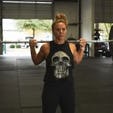 Pull ups are a basic bodyweight movement, yet they are an intermediate movement for most trainees. Starting out, the thought of pulling your entire bodyweight can seem like an impossible task, but it should be something everyone can do.
Pull ups are a basic bodyweight movement, yet they are an intermediate movement for most trainees. Starting out, the thought of pulling your entire bodyweight can seem like an impossible task, but it should be something everyone can do.
Personally, I believe pull ups are one of the most important exercises in a routine, and I recommend them to everyone.. Forget bicep curls; show me a guy who can do pull ups and I guarantee you his arms are yoked up.
Find a bar that will support your weight, anywhere. Doesn’t matter where, just find one! This is one piece of equipment that needs to be in your arsenal, I am a big believer in bodyweight training, but the one piece of gym equipment you need is a pull up bar. So, find a way to get one, whether it’s in your house, in a park, or even on a tree.
Now that you have a pull up bar, there are tons of strategies and methods of assistance to get your chin over that bar, but not all of them are helping you to get stronger.
Here we will learn where to begin and which alternatives are worth your time; get ready to improve your whole body with these 5 exercises to improve pull up strength.
Exercise #1: Negative Pull Up
![Exercise #1: Negative Pull Up]()
Negative pull-ups are a popular progression exercise used to help develop strength for the full pull-up. The exercise involves only performing the lowering phase of the standard pull-up, starting in the flex hang and moving into the dead hang position. This portion of the exercise is less difficult than the pulling phase and will help develop the muscles and skills necessary for progressing to the full movement.
Exercise #2: Static Hold Pull Up
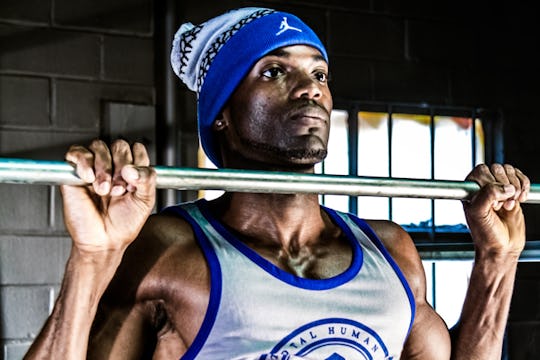
Static holds are great because they force you to recruit the proper muscles. If you don’t actively retract your scapulae and try to rely on your arms to do the work, you won’t last long. They’ll also help strengthen the lower traps , which can assist with posture and ward off shoulder issues.
Exercise #3: Top Half Pull Up
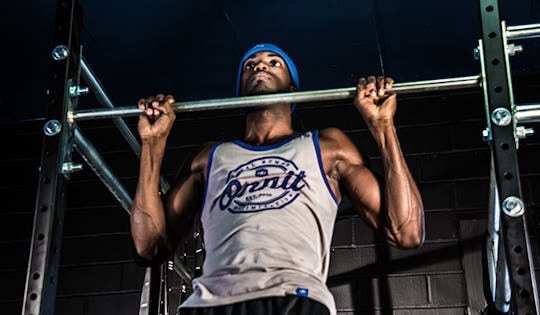
Starting a pull up from “halfway” with your elbows at 90 degrees is much more manageable than starting a pull up from a dead hang. If you can’t quite get that strict pull up yet, then do reps of half pull ups, starting halfway up, completing the pull up, then lowering yourself halfway back down for the next rep.
Exercise #4: Bottom Half Pull Up
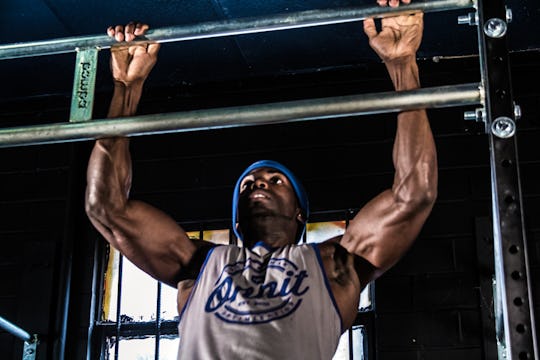
This is the opposite of the top half pull up. Once you are sufficient at the top half pull up you can move to the bottom half pull up. Start from the bottom at a dead hang. Pull yourself up to parallel and then back down to the start.
Exercise #5: Pull Up
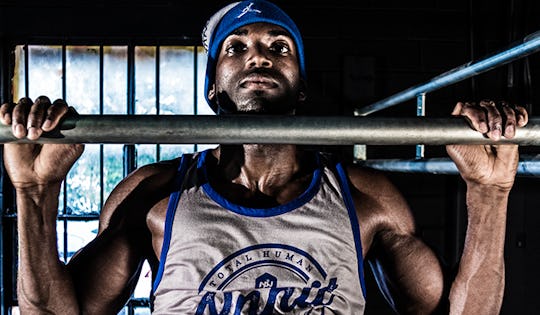
Grab a bar with a grip slightly wider than shoulder width, with your hands facing away from you. Hang all the way down. Pull yourself up until your chin is above the bar. Slight pause lower yourself all the way back down. Go up, and really concentrate on isolating your back and biceps. Don’t swing!
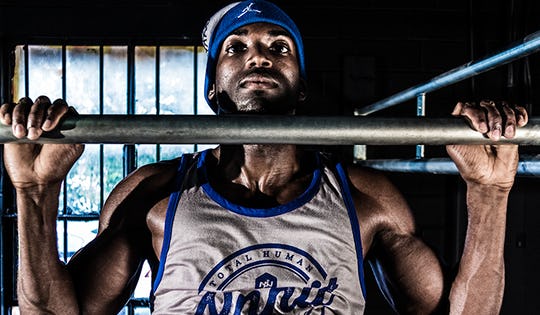
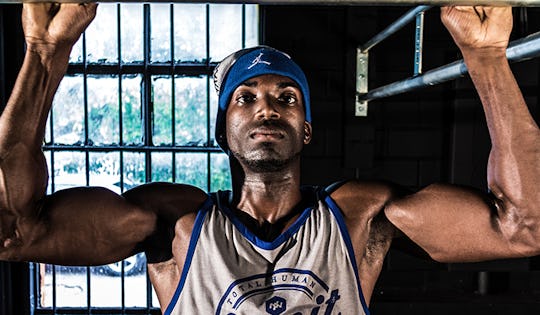
)



